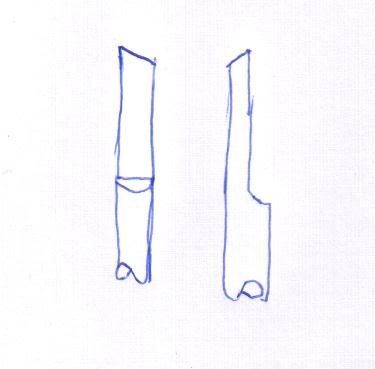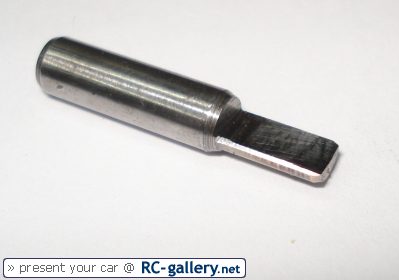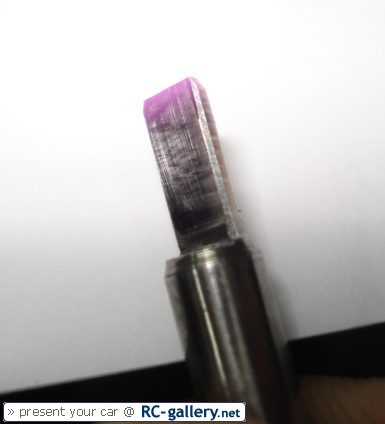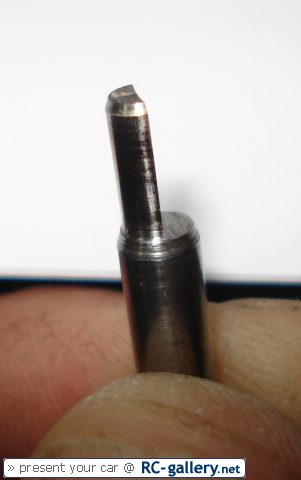I cross posted this in another forum and I am looking for some advice.
I am trying to get some info on making a d bit reamer. I have G. Thomas' two books but I have a need for some clarification on some points.
I need a .250 and a .375 reamer. If I purchase drill rod (or silver steel) will it be sized correctly? Could I turn a larger piece to size and hope to get close? (tough question since you have no way of knowing my capabilities I know...)
With the stock the right size I believe the text indicates removing about .001 to .003 material past center and grinding about 7 degrees of clearance. At that point I am thinking that I will heat to a non magnetic state, plunge into water straight up and down. Polish and heat to a straw color at the tip and stone an edge.
Is it that easy?
I know that 2 reamers are relatively inexpensive but SWMBO will not cut loose any funds for toys. The use for these reamers is to ream the holes on a conrod for a .60 Crusader engine I am building. I can get to within .001 on turning usually but I am worried about spring of the work piece and I don't think I can grind a boring bar that small.
I am excited if it works out because I do like the idea of making tools instead of buying them. I just don't want to bite off more that I can chew and I have no way to currently measure a bore that small accurately.
Thanks for looking,
Sean
I am trying to get some info on making a d bit reamer. I have G. Thomas' two books but I have a need for some clarification on some points.
I need a .250 and a .375 reamer. If I purchase drill rod (or silver steel) will it be sized correctly? Could I turn a larger piece to size and hope to get close? (tough question since you have no way of knowing my capabilities I know...)
With the stock the right size I believe the text indicates removing about .001 to .003 material past center and grinding about 7 degrees of clearance. At that point I am thinking that I will heat to a non magnetic state, plunge into water straight up and down. Polish and heat to a straw color at the tip and stone an edge.
Is it that easy?
I know that 2 reamers are relatively inexpensive but SWMBO will not cut loose any funds for toys. The use for these reamers is to ream the holes on a conrod for a .60 Crusader engine I am building. I can get to within .001 on turning usually but I am worried about spring of the work piece and I don't think I can grind a boring bar that small.
I am excited if it works out because I do like the idea of making tools instead of buying them. I just don't want to bite off more that I can chew and I have no way to currently measure a bore that small accurately.
Thanks for looking,
Sean









